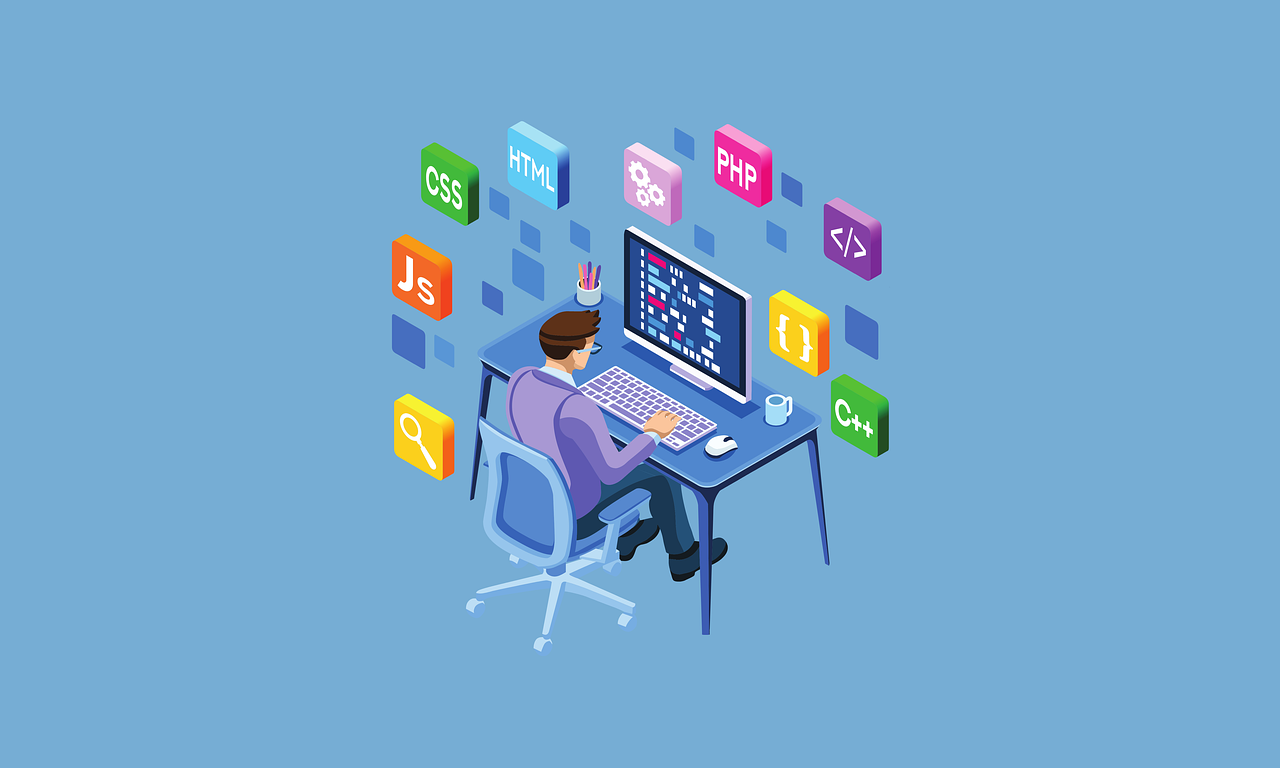3. Software Licenses
Software Licenses
A software license is a legal agreement that explains the terms under which a program can be used, modified, and distributed. There are two main types of software licenses: free software licenses and proprietary software licenses.
Free Software
This refers to software that can be freely used, modified, and shared. The most famous free software license is the GNU General Public License (GPL), which allows anyone to run, study, modify, and share the software as long as they share their modifications with the same license. An example of free software is the Linux operating system.
Benefits of Free Software:
- Freedom to modify: Users can improve the software.
- No cost: It is often available for free.
- Community support: Free software often has active communities that help users and developers.
Proprietary Software
This refers to software that is owned by a company or individual and comes with restrictions on its use, modification, and distribution. Examples of proprietary software include Microsoft Windows and Adobe Photoshop.
Characteristics of Proprietary Software:
- Limited access: Users cannot view or change the source code.
- Licensing fees: Users typically need to pay for a license to use the software.
- Support from the company: Proprietary software usually comes with professional customer support.
Respecting Copyrights and Licenses
When creating or using software, it is essential to respect the rights of the creators. This includes:
- Attribution: Giving credit to the original authors.
- Following License Terms: Ensuring you follow the rules of the software license, whether it’s free software or proprietary.
- Not using pirated software: Using unauthorized copies of proprietary software is illegal and can lead to legal consequences.
By understanding software licenses and respecting intellectual property, you ensure that your work and the work of others are protected and valued.
